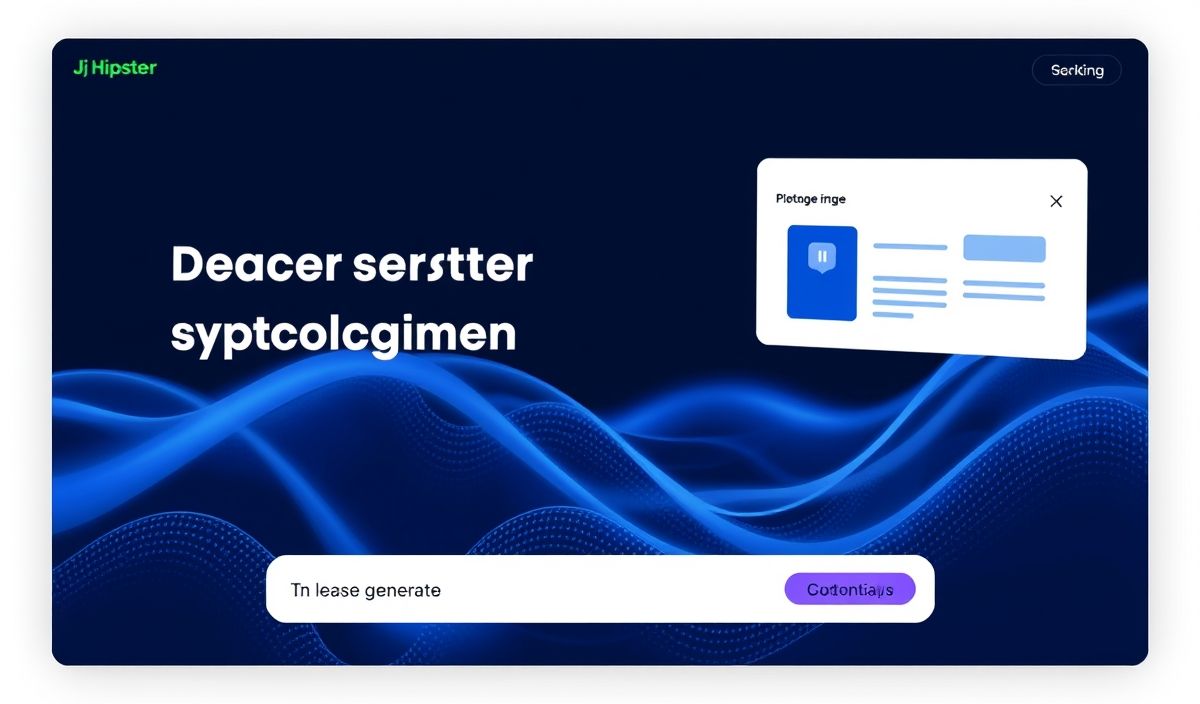Master Cucumber-tsflow: The Ultimate Guide to TypeScript BDD with Practical Examples
cucumber-tsflow is a powerful tool that integrates Cucumber with TypeScript, facilitating Behavior-Driven Development (BDD) within your TypeScript applications.
It allows teams to write concrete execution specifications that are type-safe, reducing the risk of runtime errors.
Introduction to cucumber-tsflow
cucumber-tsflow is an excellent choice when you are looking to combine the expressiveness of Gherkin language with the strong typing of TypeScript. This helps you to streamline your testing process, making it more readable and maintainable.
Key Features and APIs
Setting up cucumber-tsflow
npm install cucumber cucumber-tsflow @types/cucumber --save-dev
Creating Step Definitions
You can create step definition files in TypeScript and utilize the decorators provided by cucumber-tsflow.
import { binding, given, when, then } from 'cucumber-tsflow';
@binding()
class ExampleSteps {
private count = 0;
@given(/^a variable set to (\d+)$/)
public givenVariableSetTo(num: number) {
this.count = num;
}
@when(/^I increment the variable by (\d+)$/)
public whenIncrementVariableBy(num: number) {
this.count += num;
}
@then(/^the variable should contain (\d+)$/)
public thenVariableShouldBe(num: number) {
if (this.count !== num) {
throw new Error(`Expected count to be ${num} but was ${this.count}`);
}
}
}
export = ExampleSteps;
Using hooks
Hooks in cucumber-tsflow allow you to execute code at various points in the Cucumber execution cycle.
import { binding, before, after } from 'cucumber-tsflow';
@binding()
class Hooks {
@before()
public beforeScenario() {
console.log('Before running the scenario');
}
@after()
public afterScenario() {
console.log('After completing the scenario');
}
}
export = Hooks;
Scenario Outline Example
Scenario outlines allow you to run the same test with different sets of data. Here is an example:
Feature: Example feature to demonstrate Scenario Outline
Scenario Outline: Eating cucumbers
Given there are <start> cucumbers
When I eat <eat> cucumbers
Then I should have <left> cucumbers left
Examples:
| start | eat | left |
| 12 | 5 | 7 |
| 20 | 15 | 5 |
A Complete Application Example
Below is a complete example of a cucumber-tsflow application:
Feature File (calculator.feature)
Feature: Calculator
Scenario: Add two numbers
Given the numbers 3 and 5
When I add the numbers
Then the result should be 8
Step Definitions (calculator.steps.ts)
import { binding, given, when, then } from 'cucumber-tsflow';
@binding()
class CalculatorSteps {
private num1: number;
private num2: number;
private result: number;
@given(/^the numbers (\d+) and (\d+)$/)
public givenNumbers(num1: number, num2: number) {
this.num1 = num1;
this.num2 = num2;
}
@when(/^I add the numbers$/)
public whenAddNumbers() {
this.result = this.num1 + this.num2;
}
@then(/^the result should be (\d+)$/)
public thenTheResultShouldBe(expected: number) {
if (this.result !== expected) {
throw new Error(`Expected ${expected} but got ${this.result}`);
}
}
}
export = CalculatorSteps;
This example demonstrates how to create a Feature file and corresponding step definitions that utilize the cucumber-tsflow APIs to build a simple calculator test.
Hash: a2e5d9af33e2e31161a004c7e5815065f784e741fde71727fdd13c58400389aa




